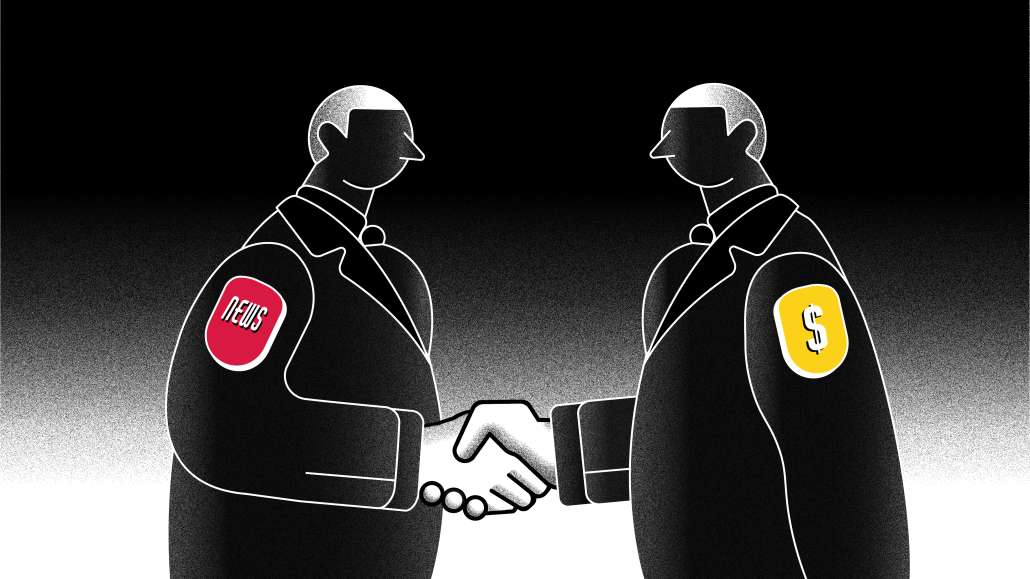In a shrinking marketplace, Magnite explores media trading without DSPs

The ad tech sector is in transition.
Long dominated by Big Tech, the tectonic plates of the market are shifting as political forces look to bring the likes of Google to heel with some predicting this will prove a boon to independent players.
As part of this dynamic leading independent players are likewise jockeying for position. This process has been in play for years but (for some) last year’s unveiling of OpenPath by The Trade Desk was a watershed moment.
According to some critiques, this amounts to disintermediation as OpenPath involves the industry’s leading demand-side platform building direct relationships with publishers — traditionally, the domain of supply-side platforms. Albeit, The Trade Desk characterizes this as a natural (and necessary) means of market maturation.
Media agencies have been making similar moves with GroupM’s Premium Marketplace (unveiled just weeks after OpenPath) serving as a prime example of this trend. Meanwhile, SSPs have been hustling themselves as that sector of the market becomes increasingly Darwinistic.
Over the course of the past year, the sector’s leading SSP Magnite has gone about building more overtly commercial relationships with media agencies in a move that mirrors OpenPath over the past 12 months.
According to separate sources, this is termed its “media facilitator” whereby the SSP lets media agencies buy directly from Magnite, either via programmatic direct deals or private marketplaces, another indication that open marketplace buying is a decreasing trend.
“If DSPs are going to say they can bypass SSPs, then two can play that game,” said a source from within a premium publisher, who requested anonymity due to their employer’s PR strategy. “Although, both sides of the will find the transition difficult, as onboarding measures likes contracts can be tricky… there’s a lot of growing pains with things like blocking creatives, etc., that the other side of the market has spent years specializing in.”
“The days of media dollars flowing through 10 or 20 platforms on the supply side without intention are rapidly disappearing,” added a separate source. “Buyers are putting substantial resources behind SPO and consolidating their supply-side partners in order to forge deeper, more dynamic relationships with a much smaller set of strategic partners.”
For Ratko Vidakovic, founder of consultancy service AdProfs, Magnite’s moves are indicative of how players in this (increasingly tricky) sector of the market are all attempting to prevent being commoditized. “I think this is an example of how SSPs are trying to achieve ‘stickiness’,” he added, “and this involves trying to make attractive offerings to both the buy- and sell-side of the market.”
More in Media

What publishers are wishing for this holiday season: End AI scraping and determine AI-powered audience value
Publishers want a fair, structured, regulated AI environment and they also want to define what the next decade of audience metrics looks like.

Media giant Essence launches a marketplace for Black women-led brands
Essence has launched WeLoveUs.shop, a new online marketplace dedicated to Black women-led brands.

In Graphic Detail: The state of AI referral traffic in 2025
The stats reveal a new audience pipeline forming outside of traditional search and social platforms.








